Why water? Our blood is roughly 83% water, muscles 75%, and bones 22%. We are between 70% and 80% water. Babies more than adults.
We need water for every metabolic reaction in our body, to transport nutrients, eliminate toxins, for communication between cells, the functioning of our heart, brain and the regulation of body temperature.
Every day we lose 3 to 4 liters of water. The quantity and quality of our water determines the quality of our cells, the functioning of the body, and our resistance to disease.
We have seen the symptoms of dehydration: headaches, constipation, dry, peeling skin, lack of concentration, acne, constant dizziness, bad breath, etc. If your urine is clear or if you pinch your skin and it immediately replaces itself, you are well hydrated, otherwise, here are some rehydration protocols .
Are all liquids created equal? Coffee, conventional juices, soft drinks, and alcohol dehydrate the body. One cup of coffee requires several cups of water.
A word about water quality. What happens between the water that falls from the clouds and the water that comes out of the tap? How can we restore water quality when it comes from the river, is transported through pipes, stored in tanks, and redirected to us through pipes? What else is thrown into the river? Oil, pollution from factories, medicines, chemicals, herbicides, pesticides… Every government recognizes and uses different types of systems or agents to eliminate what is unwanted. Chlorine kills bad bacteria and all the good ones too. So if you take probiotics and chlorinated water, it kills the probiotics! It also makes our cell membranes harder and more resistant to water absorption. When biological waste (animal, human, or even tree leaves) combines with chlorine, the reaction produces toxic compounds.
Most basic filters remove chlorine odors and tastes but do not treat pesticides or other harmful substances. Are there alternatives?
Activated carbon (understand the adsorption phenomenon: its porous holes attract the bad stuff) is good, it removes chlorine but is less effective for chemicals. Replace every 3 to 6 months.
Coconut shell activated carbon (GAC) removes chemicals and chlorine.
A copper and zinc filter is also highly recommended: it destroys the bacteria and carcinogens mentioned above. KDF filters combined with GAC last 3 years.
Ceramic filters are also an excellent choice. Because the pores are very small, they filter out tiny bacteria and pathogens.
In the water cycle, when water is air (in the clouds), the parts are ionized, charged by electricity (especially before a storm), preserved when it falls in drops. Normally, the water then interacts with the stones and accumulates minerals. At the level of its structure, the shape of water is hexagonal (think of snowflakes), never more points, never less. Water is always in motion, thus maintaining its energy and its shape. From the moment we put water in the pipes, we interrupt this cycle, we add corners and we stop the movement. Water has a memory and adapts its shape according to the container used. It also reflects its experience. If we keep it without movement in a tank, the shapes become pentagonal, it loses its electricity and its alkalinity. Spring water and tap water are not the same species. The only way to recreate it is to use an ionizer and metals like platinum and titanium.
















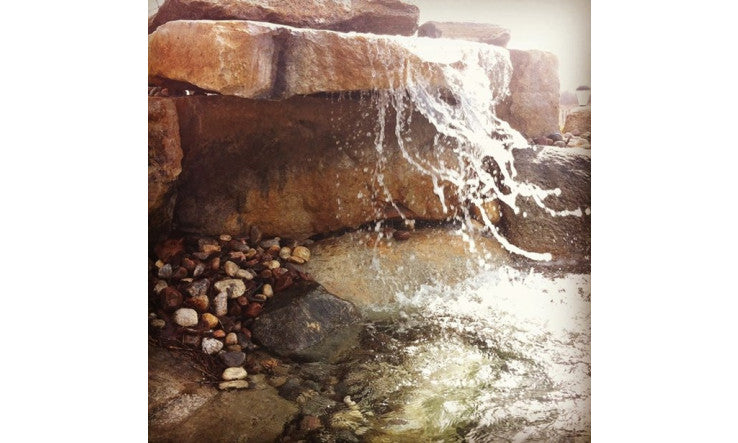

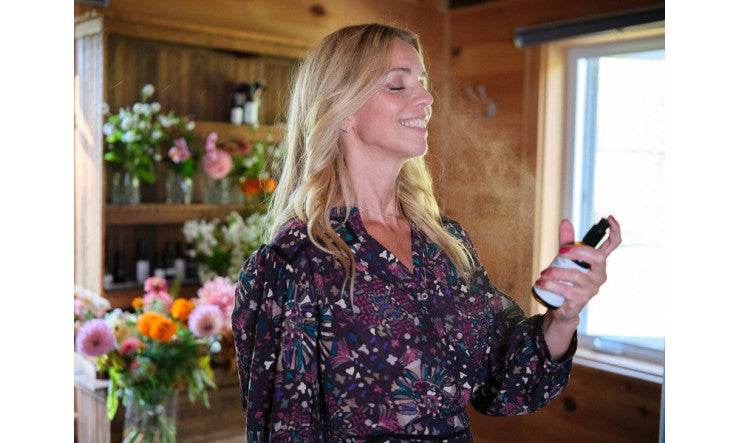





























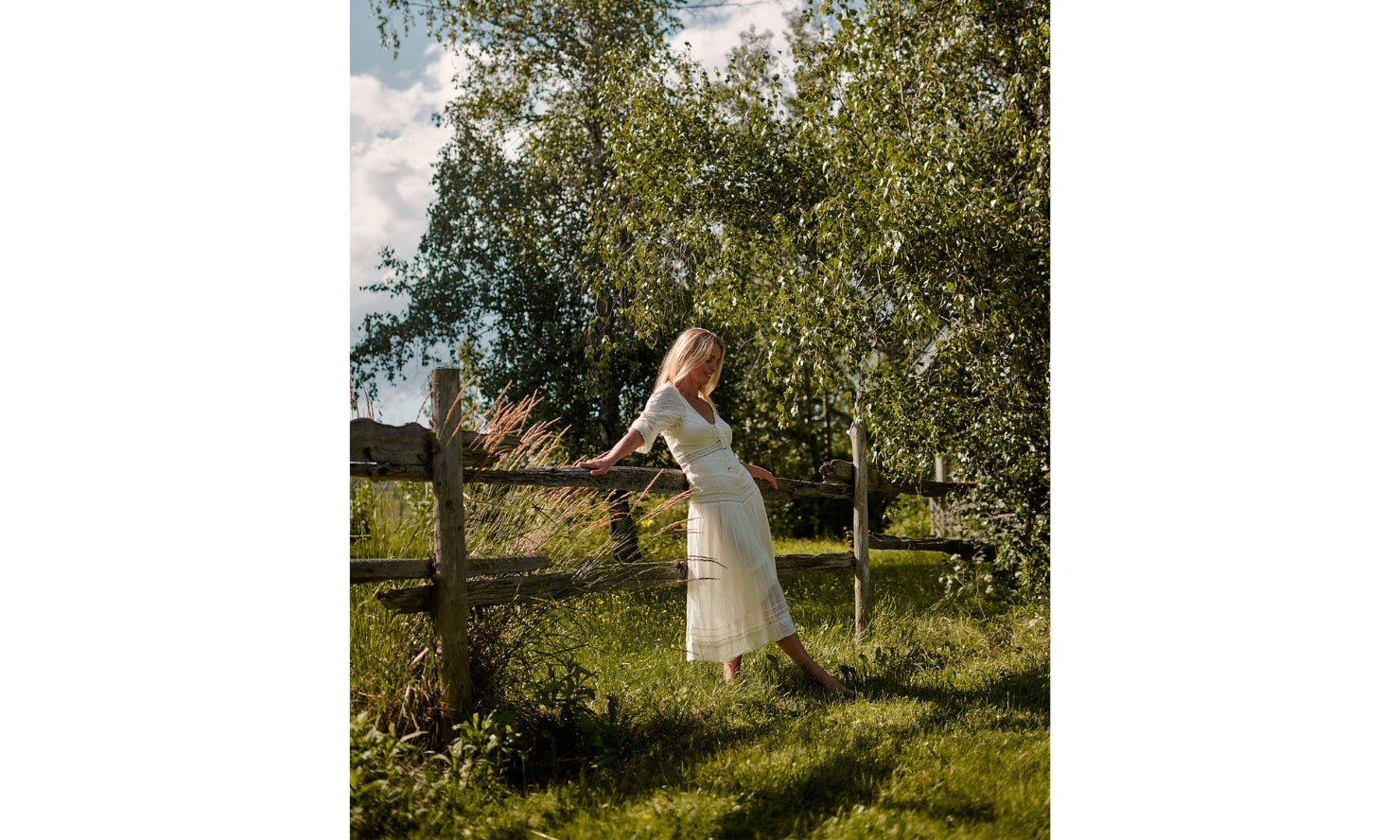





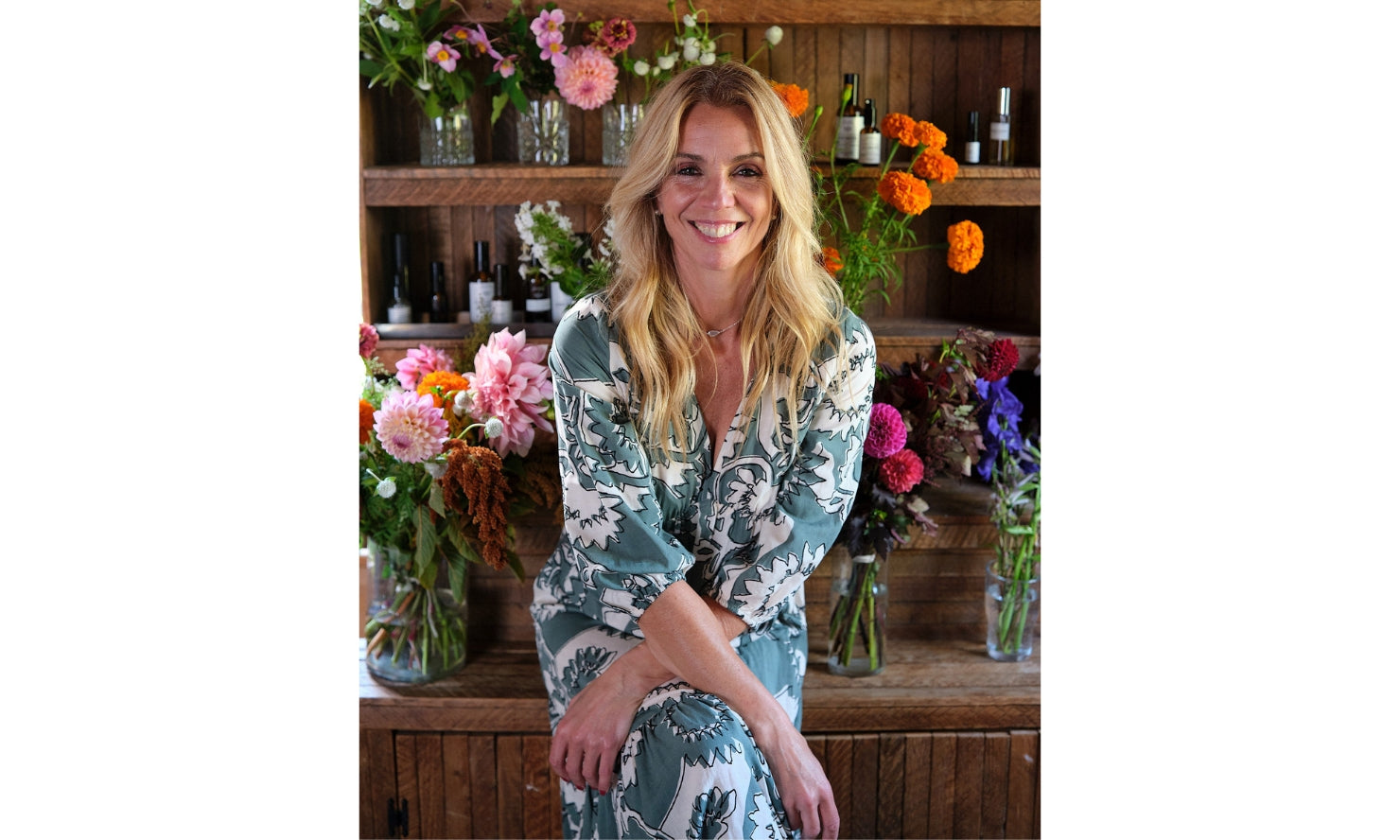
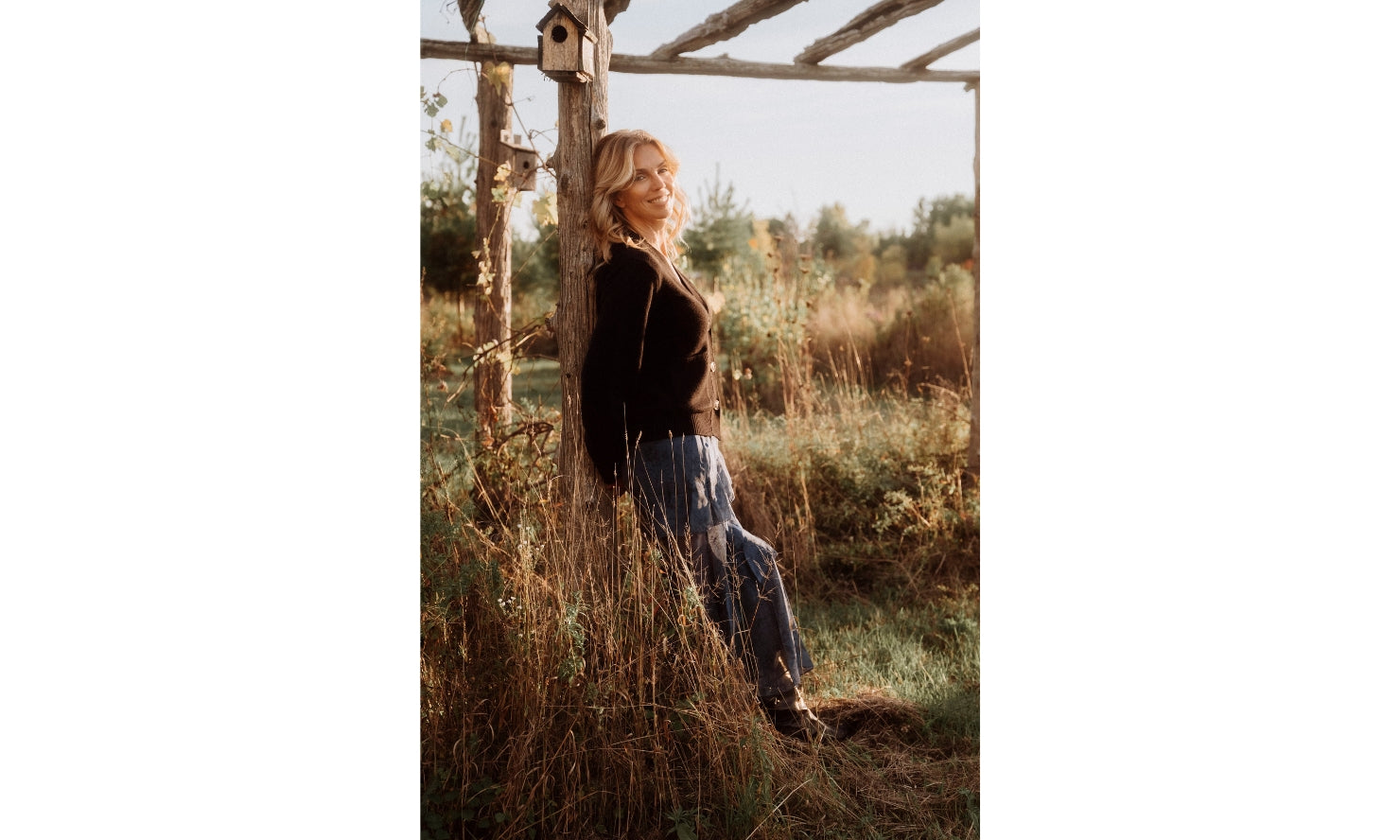
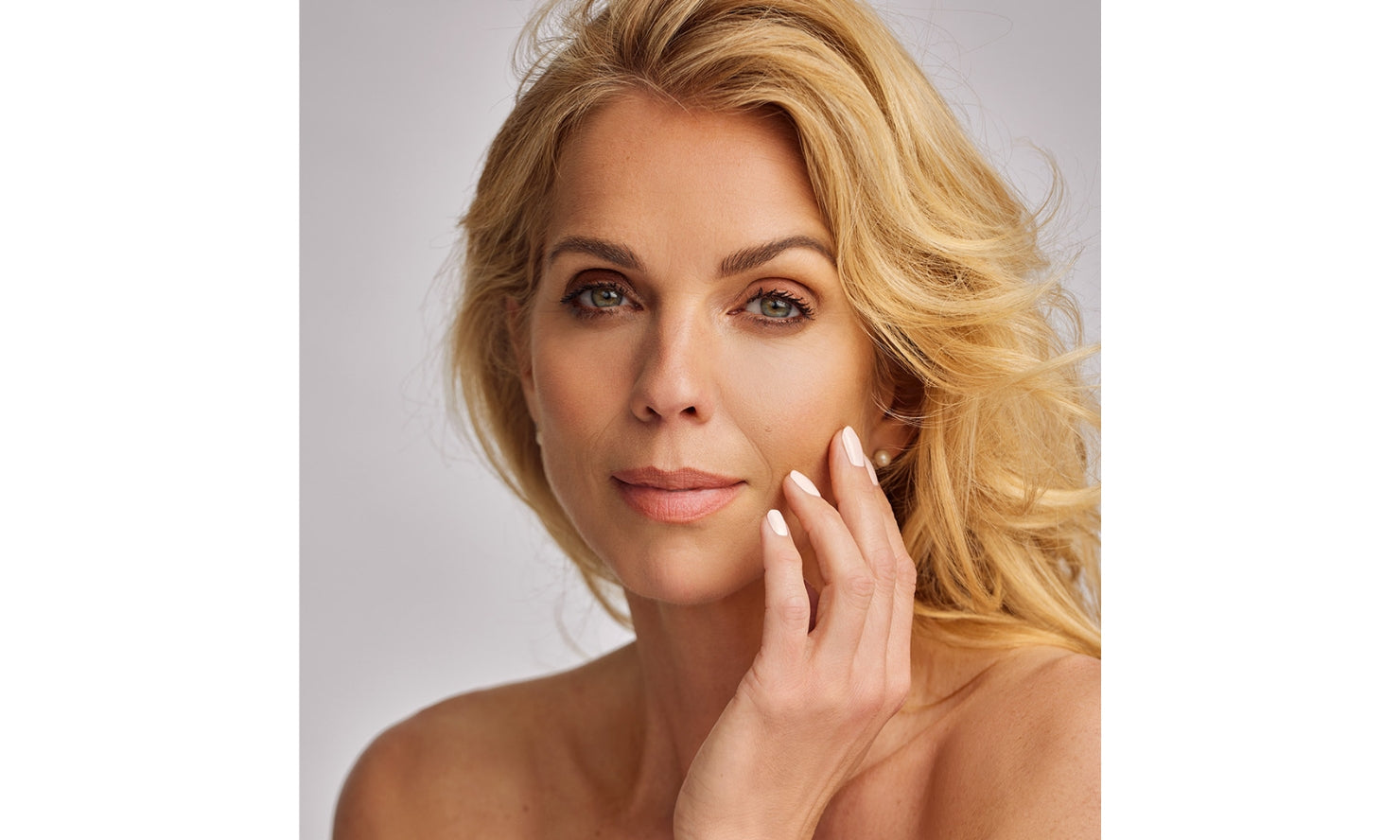
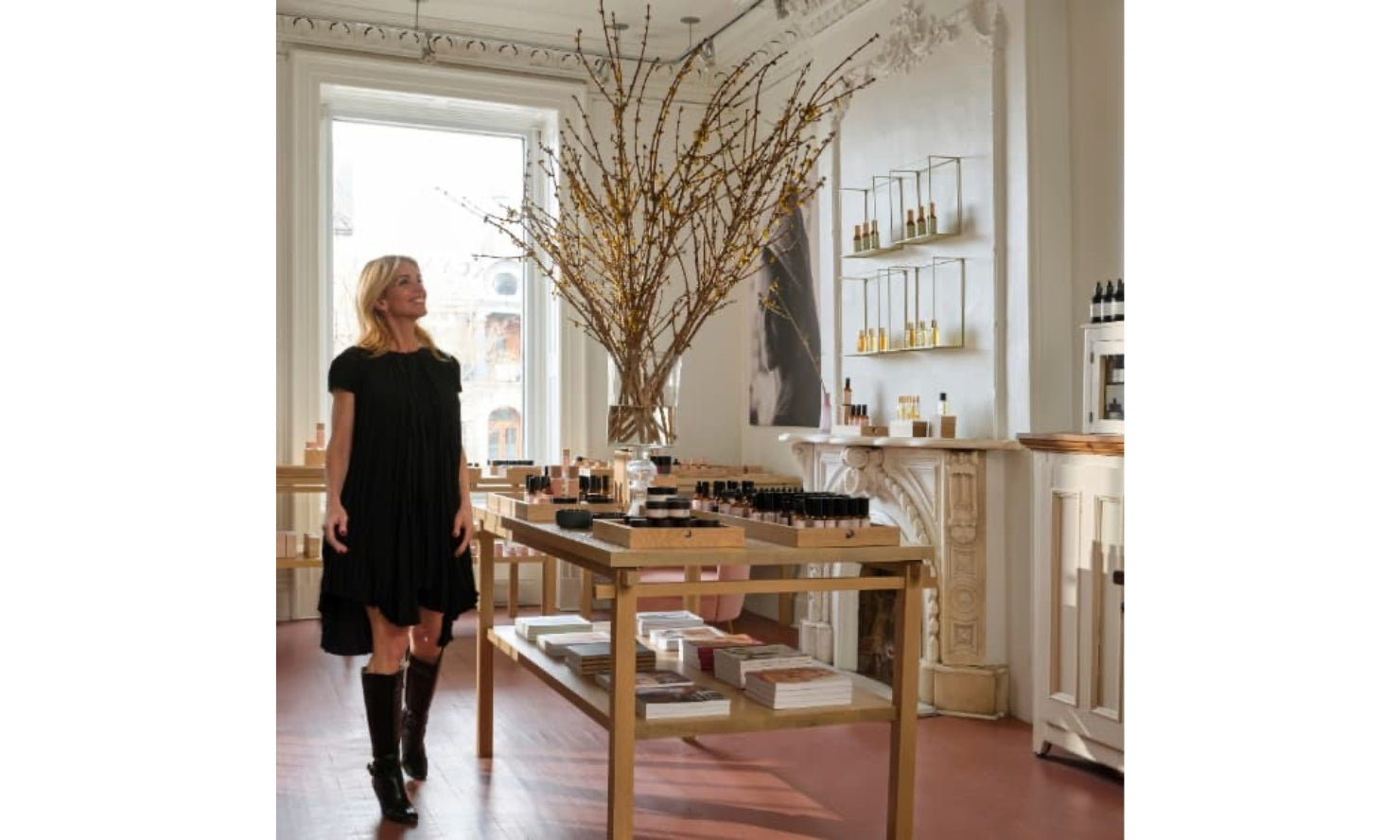








Leave a comment